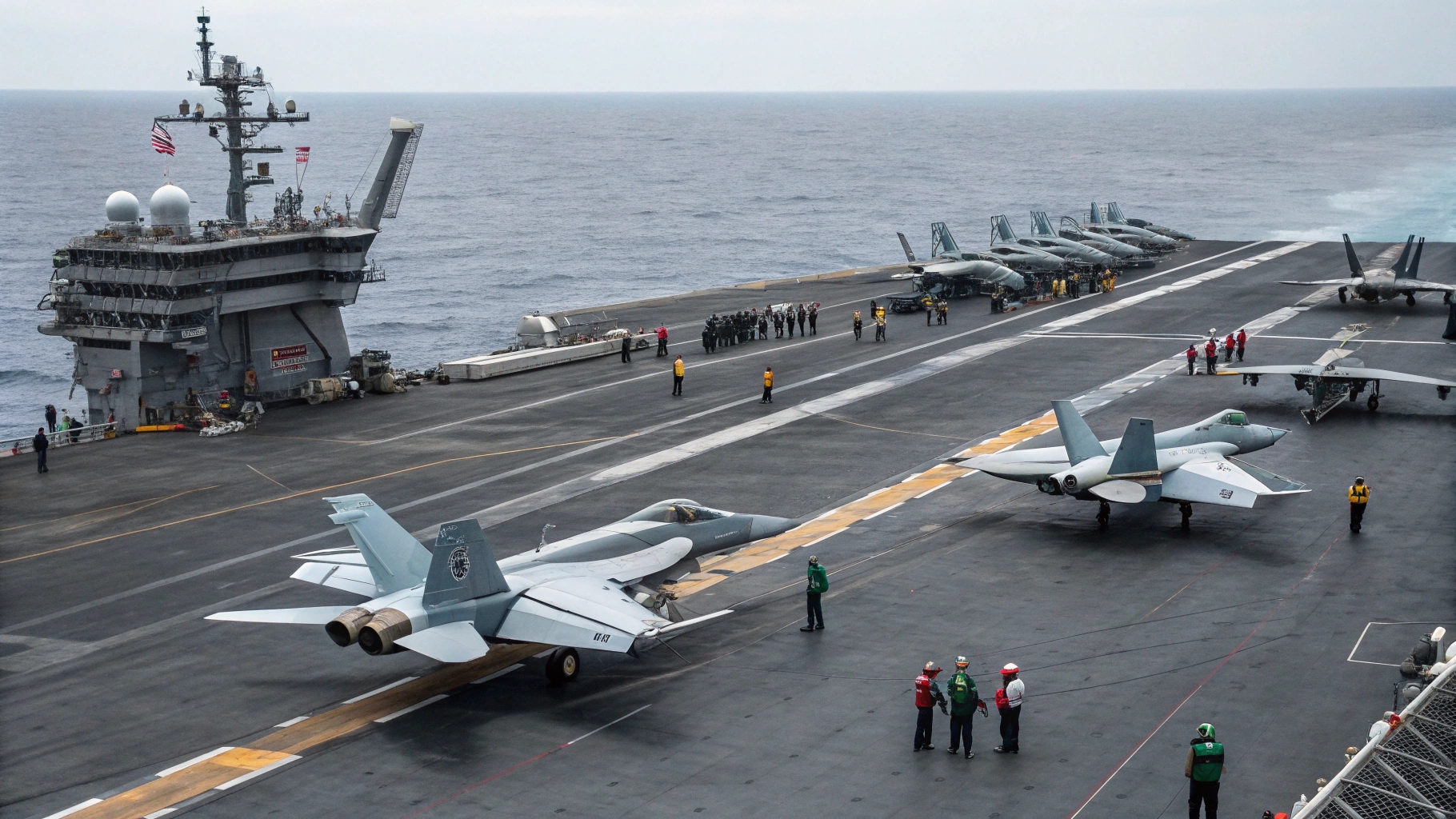
“Britain will reintroduce fighter jets capable of carrying atomic weapons to support NATO’s nuclear mission, expanding the country’s deterrence arsenal, which is currently limited to submarine-launched missiles,” Prime Minister Keir Starmer’s office stated Tuesday.
According to Downing Street, Starmer will unveil the strategy at a NATO summit on Wednesday, and the nation will buy 12 nuclear weapon-capable F-35A fighters in the “biggest strengthening of the UK’s nuclear posture in a generation.”
“These dual capable F35 aircraft will herald a new era for our world-leading Royal Air Force and deter hostile threats that threaten the UK and our Allies,” Starmer said in a statement.
The declaration quoted NATO Secretary General Mark Rutte as saying, “I warmly welcome today’s announcement,” which he described as “yet another robust British contribution to NATO.”
The Royal Navy submarines’ missiles have been the sole source of British nuclear deterrent within the Atlantic alliance since the conclusion of the Cold War.
“The threat had disappeared, so there was no longer any real interest in tactical nuclear weapons in Europe,” Heloise Fayet, a nuclear expert at the French Institute of International Relations (Ifri), told AFP at the time.
The announcement on Tuesday, she said, demonstrates “the continued re-nuclearization of Europe, the renewed need for nuclear weapons, and the strengthening of NATO’s deterrence, in the face of an adversary, Russia,” which has been at war with Ukraine for the past three years.
The F-35A, which is made by the American firm Lockheed Martin, is a version of the F-35B, which is currently in use in the United Kingdom. However, it can also carry nuclear warheads alongside conventional weapons.
For a long time, the Royal Air Force has sought to acquire the property.
Marham Air Force Base in eastern England is where the aircraft are anticipated to be based.
“The Ground-Launched Small Diameter Bomb (GLSDB), a system created in collaboration with Boeing, will utilize solid rocket motors (SRMs) manufactured by Anduril, according to Saab.
The GLSDB will replace the old M26 Multiple Launch Rocket System with Anduril’s innovative solid rocket engine, which will also offer better manufacturing and safety capabilities.
With a $75 million investment to increase the capacity of its plant in McHenry, Mississippi, Anduril is improving its manufacturing capabilities and anticipates that full-rate production will begin in 2026. The business has begun development and qualification.
With the enhanced site, which is expected to be online by next month, the firm will be better able to satisfy the rising demand for SRMs.
This growth is in response to a $14.3 million grant under the Defense Production Act and backs the implementation of modern automation techniques aimed at increasing production rates and cutting costs.
Additionally, Anduril successfully conducted a static test fire of a 21-inch (53-centimeter) hypersonic rocket engine that was designed for the US Navy’s Standard Missile program.
The Indian Army has made an emergency order from Indian producer ideaForge for miniature unmanned aerial vehicles (UAVs) worth 1.37 billion rupees (about $16 million).
Following a selection process that prioritized indigenous content and demanded a solution with essential components not coming from nations along India’s borders, the business will deliver an undetermined quantity of fixed-wing vertical take-off and landing (VTOL) drones and their accessories in twelve months.
The hybrid drones, which were created for intelligence, surveillance, and reconnaissance missions and proven in combat during the four-day war between India and Pakistan in May 2025, will be used in counterinsurgency and counterterrorism operations.
“This emergency procurement for CI/CT operations, which will help protect national security, along with the military-use certification for Mini UAVs, reaffirms our commitment to building world-class, reliable UAVs in India,” stated CEO Ankit Mehta.
Two independent technical committees inspected ideaForge’s manufacturing facilities to ascertain the origin and safety of every subsystem utilized in the UAVs since the selection criteria stated that the drone must utilize non-border nation sources.
The order is a component of the larger “Make in India” program, which seeks to boost domestic innovation and production while decreasing reliance on foreign-made defense technology.
“The Royal Australian Air Force has successfully finished Exercise Carlsbad at Base Tindal in the Northern Territory, which was the MQ-28A Ghost Bat’s inaugural deployment and operation outside of the Woomera Training Area in South Australia.
The exercise’s main objectives were mission preparedness, system checks, and deployment logistics, as well as assessing the platform’s capacity to function in a novel setting.
A C-17 Globemaster plane carried the MQ-28A from the Australian International Air Show to Tindal.
One of a number of trials planned throughout this year to evaluate and improve the Ghost Bat’s operational capabilities is Exercise Carlsbad.
The MQ-28A is an unmanned airplane that carries out functions comparable to fighter jets while flying with manned platforms.
It enhances situational awareness and survivability, which aids and prolongs airborne missions.
“Capabilities like the MQ-28A are crucial because they will protect Australian lives and give us the combat mass necessary to defend Australia and its national interests,” said Exercise Carlsbad Commander Wing Commander Phillip Parsons.
“This is a significant accomplishment of the collaboration between the Royal Australian Air Force and Boeing Defence Australia.”
“Laser-guided weapons are transforming contemporary battlefields into unseen kill zones. Kwesst’s latest technology aims to prevent this from occurring.
The Canadian defense company has secured a contract to provide prototypes of its next-generation Battlefield Laser Detection System (BLDS) to a significant North American armored vehicle project, representing a significant advancement in the system’s wider rollout.
The instant forces are targeted by laser-based threats like laser target designators, range finders, and beam-riding weapons, the BLDS notifies them.





